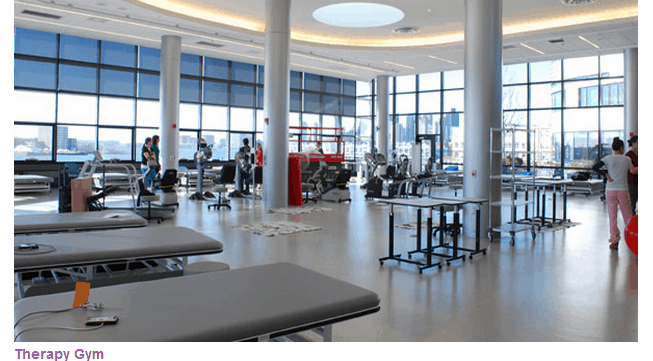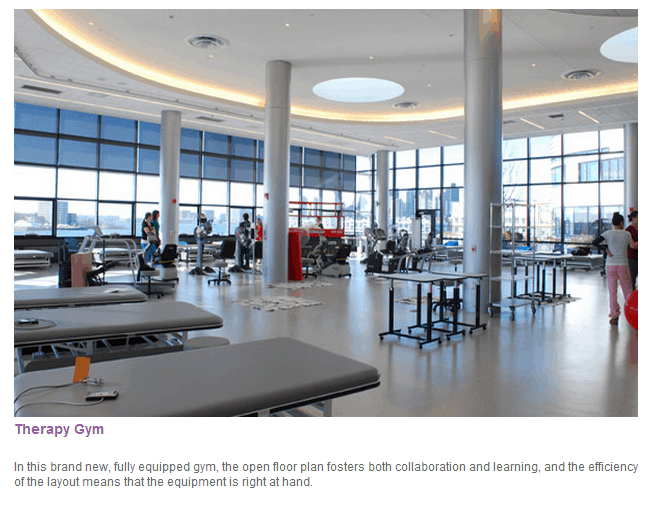Blog
How To Choose The Right Design Solution: Faux vs. Real

Hospitals recognize the therapeutic benefits of nature in the healing process. That is one of the reasons why so many facilities are located on hilltops or in scenic areas. Views and access to the outdoors has proved to help in the healing process.
Recently, the Spaulding Hospital and design team had a tough decision to make…Faux vs. Real. When they went through a redesign, they had to choose between using advanced technology to simulate faux windows and fresh air versus using real, operational windows in their design.
The Spaulding case helps to answer an interesting issue about the technology solution versus the passive solution, and whether passive solutions offer benefits that technology doesn’t.
As technology continues to change our world at record speed, bring new conveniences and improvements to our daily lives, Spaulding reminds us that it doesn’t always have to be the answer. Taking time to stop and consider what’s best for patients and the facility itself is just as important as keeping up on the latest devices and systems. In the end, the design solution can be as easy as opening the windows.
When Spaulding Rehabilitation Hospital (shown below) built a replacement hospital along the Boston waterfront, the urban site was challenged for space but not for inspiration, thanks to vast views of the harbor, Boston Logan International Airport, and the Boston skyline.
To further connect patients to the outdoors, the design utilizes windows throughout the facility for maximum daylight, rooftop gardens as places of respite, and shoreline gardens and trails to help integrate natural settings into the therapy routine.
Walls of windows in the main gym facility nearest the waterfront provide a welcome distraction during a workout. But the design team also wanted to bring natural ventilation inside to give patients the opportunity to perform physical therapy in ambient temperatures that would better mimic the conditions they’d likely be returning to in their daily lives.
Opening the windows would mean addressing a number of design issues, including temperature control, and the design team discussed running the mechanical ventilation system with outside air to simulate the effect without actually opening the windows, says Robin Guenther, principal, Perkins+Will. “But someone in the meeting said, ‘But no one would hear the birds and the boats.’”
So what did they decide?
“They voted for the birds and the boats,” Guenther says, making the windows in the gym operable.
“It’s an interesting issue about the technology solution versus the passive solution, and whether passive solutions offer benefits that technology doesn’t,” she says.
As technology continues to change our world at record speed, bring new conveniences and improvements to our daily lives, Spaulding reminds us that it doesn’t always have to be the answer. Taking time to stop and consider what’s best for patients and the facility itself is just as important as keeping up on the latest devices and systems. In the end, the design solution can be as easy as opening the windows.
For more on Spaulding Rehabilitation Hospital’s new facility, check out HCD’s December issue.








